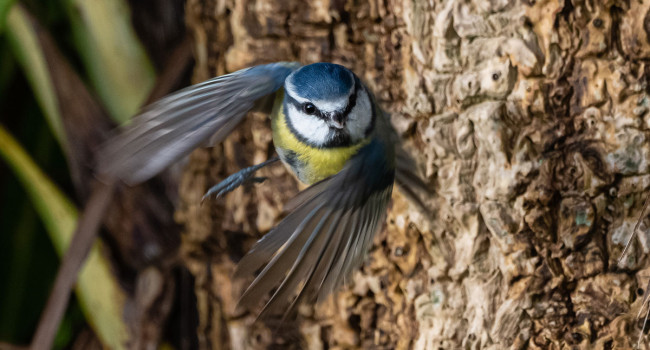Integrating dynamic environmental predictors and species occurrences: Toward true dynamic species distribution models
Author(s): Milanesi, P., Della Rocca, F. & Robinson, R.A.
Published: December 2019 Pages: 6pp
Journal: Ecology and Evolution
Digital Identifier No. (DOI): 10.1002/ece3.5938
Abstract
While biological distributions are not static and change/evolve through space and time, nonstationarity of climatic and land‐use conditions is frequently neglected in species distribution models. Even recent techniques accounting for spatiotemporal variation of species occurrence basically consider the environmental predictors as static; specifically, in most studies using species distribution models, predictor values are averaged over a 50‐ or 30‐year time period. This could lead to a strong bias due to monthly/annual variation between the climatic conditions in which species' locations were recorded and those used to develop species distribution models or even a complete mismatch if locations have been recorded more recently. Moreover, the impact of land‐use change has only recently begun to be fully explored in species distribution models, but again without considering year‐specific values. Excluding dynamic climate and land‐use predictors could provide misleading estimation of species distribution. In recent years, however, open‐access spatially explicit databases that provide high‐resolution monthly and annual variation in climate (for the period 1901–2016) and land‐use (for the period 1992–2015) conditions at a global scale have become available. Combining species locations collected in a given month of a given year with the relative climatic and land‐use predictors derived from these datasets would thus lead to the development of true dynamic species distribution models (D‐SDMs), improving predictive accuracy and avoiding mismatch between species locations and predictor variables. Thus, we strongly encourage modelers to develop D‐SDMs using month‐ and year‐specific climatic data as well as year‐specific land‐use data that match the period in which species data were collected.
Staff Author(s)







Share this page